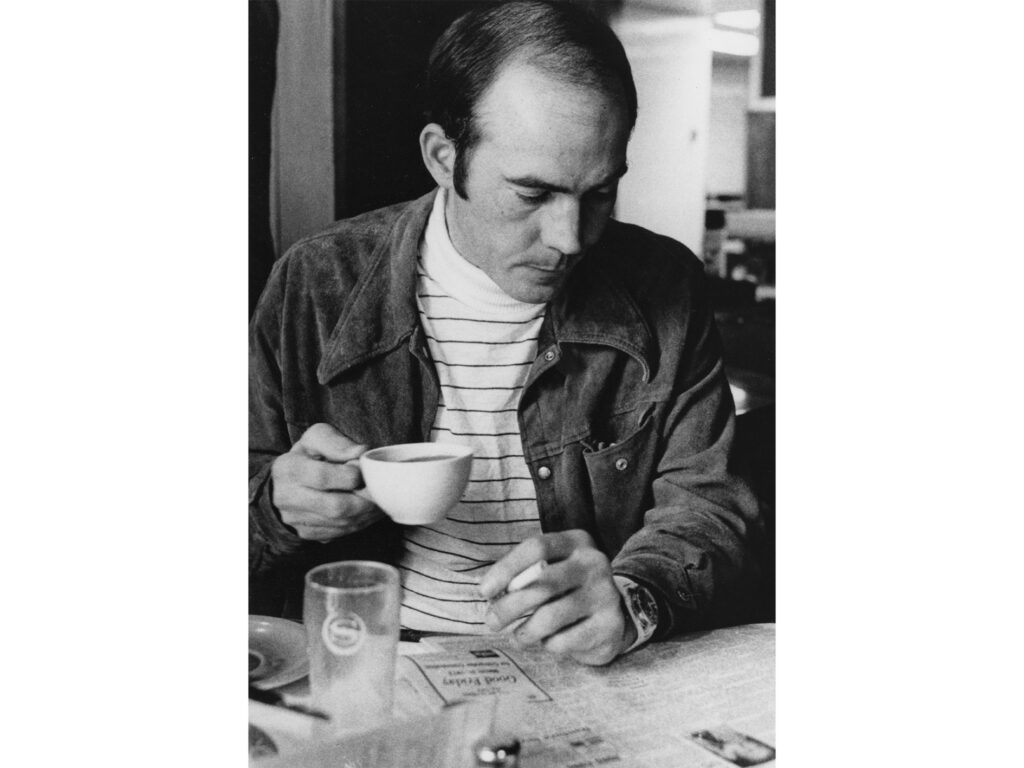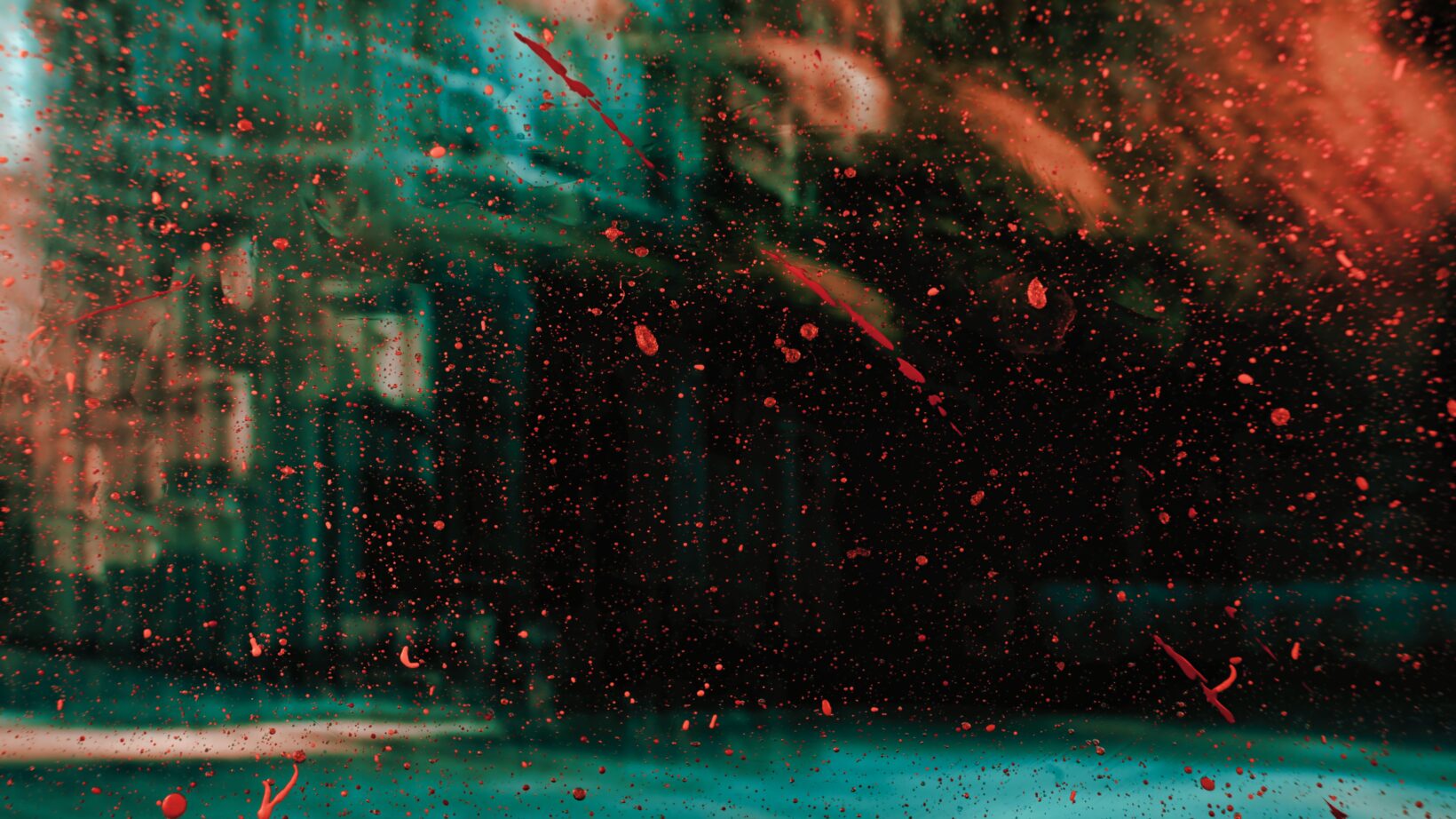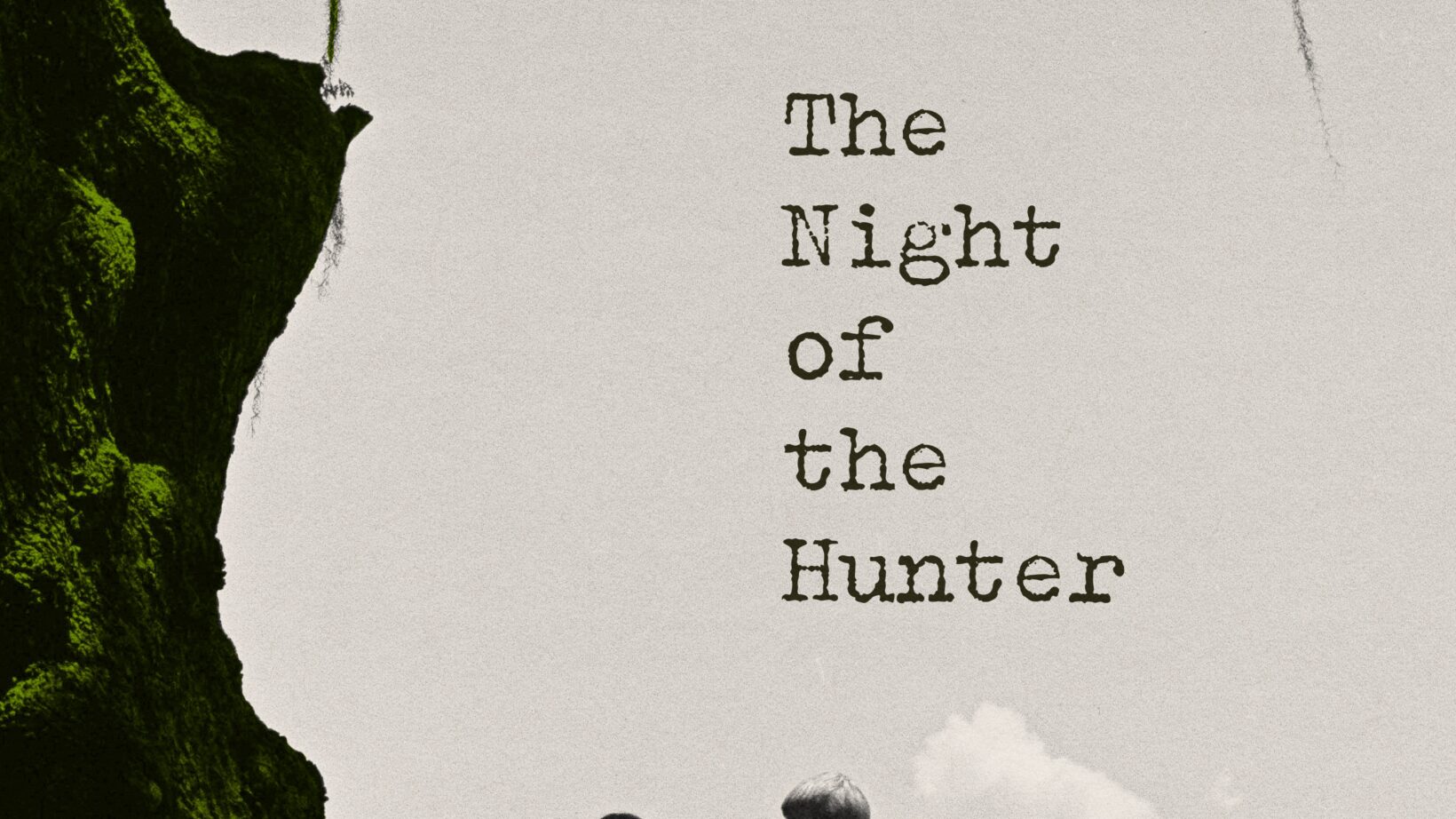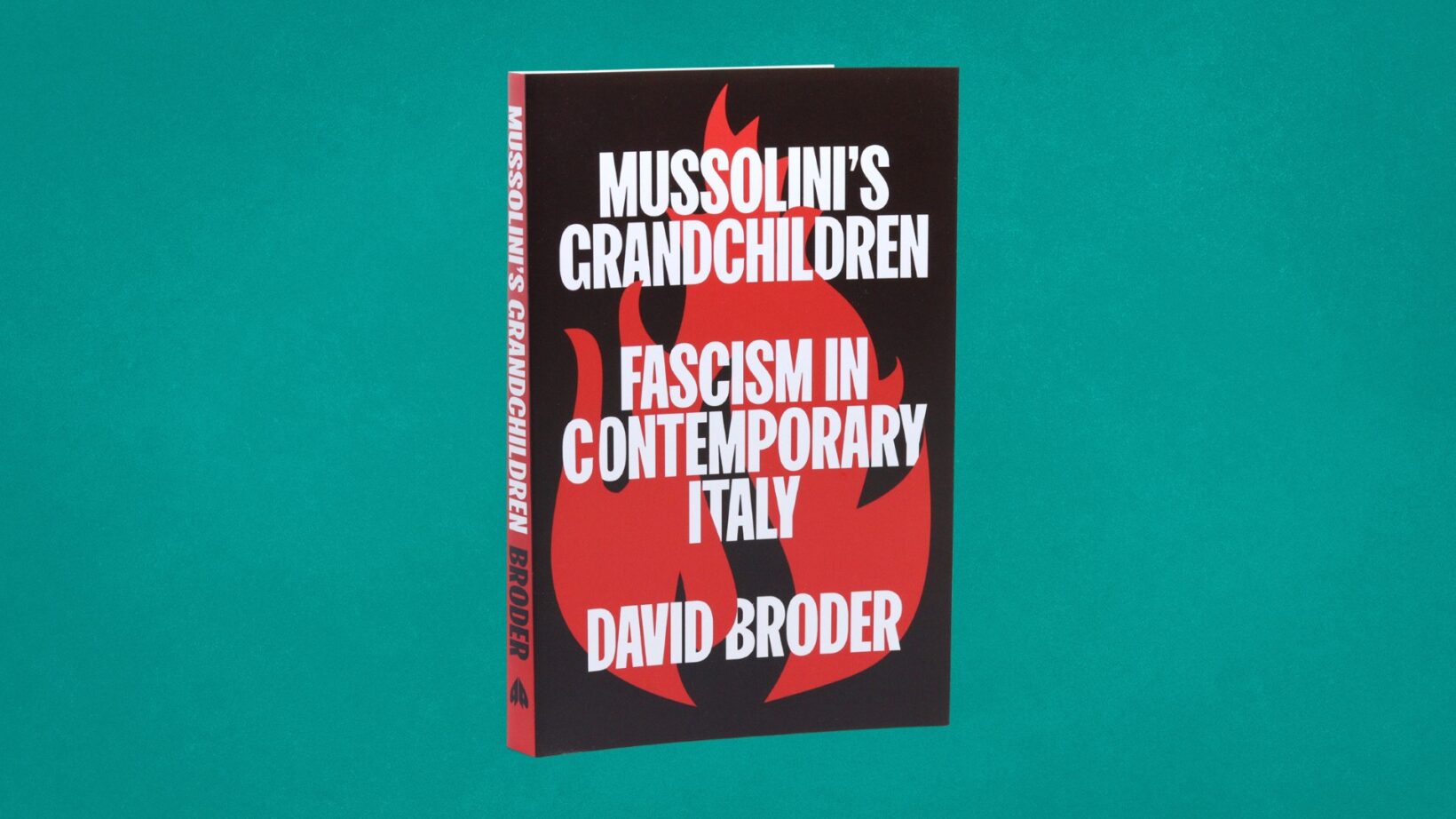A new biography of Hunter S. Thompson explores the birth of gonzo and the life of an exceptional writer whose journalistic instincts allowed him to always find the bizarre in the banal and the banal in the bizarre.

C
alifornia historian Peter Richardson sets two aims in his analysis of Hunter S. Thompson’s career, and they are contradictory. One is to conjure the spirit of this ‘misshapen sort of moralist’ to call out the ‘stupidity, fraudulence and corruption’ of the moment of Donald Trump’s transition from power. The other to pin down how much of Thompson’s writing came about because ‘skilled editors shaped his output and career at virtually every stage’. The grotesque persona that Thompson developed to star in largely fictional accounts of the real events he was sent to cover and then wrote books about, was not quite an accident but by no means inevitable. Hunter did get sent by an editor of Sports Illustrated to write a piece on the Kentucky Derby horse race. He filed a piece about his horror at the sort of people who attended it, what he drank there and his misadventures. He himself thought the piece ‘useless apart from the flashes of style and tone it captures’ but it paired him for the first time with illustrator Ralph Steadman and was hailed as a tour de force and labelled Gonzo journalism. But then he produced a piece of traditional investigative journalism. Richardson notes, with some wonder, ‘One year after filing the Kentucky Derby piece Thompson still did not realize that this Gonzo persona, which the Las Vegas project would crystallize, was his most valuable asset.’ It is this tension between Thompson’s gargantuan ambitions and occasionally humble attention to craft that makes this a fascinating read.
He began life in ‘a tight-assed town’ Louisville, and as a senior in high school got drunk with a bunch of richer friends who could pay bail to get out of jail and go to college, while he had to swap jail time for enlistment in the air-force. That was the first chip on his shoulder. As he put it in his one published novel The Rum Diaries, ‘it was the tension between these two poles – a restless idealism on the one hand and a sense of impending doom on the other – that kept me going.’
The phrase ‘Fear and Loathing’ which came to epitomize his output, first occurred in a letter about the assassination of JFK. ‘There is no human being within five hundred miles to whom I can communicate anything – much less the fear and loathing that is upon me after today’s murder.’ That was the sense of impending doom. His first collection of Gonzo pieces would become ‘Fear and Loathing in Las Vegas’. Other practitioners of this blur of fact and fiction were Joan Didion and Thomas Wolfe. Wolfe created that style almost by accident when an essay reportedly began as a letter to his editor at Esquire in which he summarized the notes he had made while struggling with his story, and the magazine simply ran the letter. This was the kind of benevolent editing Thompson met all his life.
His career began when Carey McWilliams suggested a piece about the Hell’s Angel motorcycle gang for the highbrow ‘Nation’. His piece ran next to an analysis about Vietnam rather than the usual stories about sex, celebrities and diets in the magazines he’d previously been in. Though he received only $100 for the Nation article, no other outlet could have generated the book advance of $6000 from Ballantine Books which resulted from the publicity. Even in this first national outing ‘he sometimes seemed more interested in critiquing the press than in describing the motorcycle gang’. Richardson contrasts Thompson with his slicker and perhaps more emotionally stable contemporaries, while she seemed cooler, ‘Joan Didion’s intake resembled Thompson’s but in the national media stories about the Haight’s drug culture, alcohol and prescription speed were not drugs in the relevant sense.’ Richardson also notes it is ‘The valorization of order – in her life, work and society’ that distinguished Didion from figures like Ken Kesey, Jerry Garcia and Jim Morrison, all California figures she wrote about who courted spontaneity and improvisation, as well as from Thompson. Didion also came from a California family of real-estate magnates. Keeping her social poise was not a choice for her but mother’s milk. Thompson was the hell-raiser who stayed a hell-raiser until he was too old to battle his demons. He cast hippies as fellow libertarians who shared his Jeffersonian outlook, whereas Didion reported on them as the crazy kids who left their infants unattended to drop acid. But Thompson is also not so simple. He travelled to New Hampshire to describe what he now thought of as his adversary Nixon for Pageant magazine, in a fluff assignment that would help him with his Lyndon Johnson re-election campaign book. The moralist was surprised when two aides offered him a chance to ride in Nixon’s car provided he spoke only about football. ‘It was a weird trip, probably one of the weirdest things I’ve ever done, and especially weird because both Nixon and I enjoyed it.’ I cannot imagine Joan Didion getting into that car, let alone talking about football with Richard Nixon, let alone enjoying it. So which was more conservative?
What makes Thompson’s journalism lasting is the targets he chose. Richardson quotes a letter saying whenever he tried to tell anyone what happened at the Chicago Democratic Convention in 1968 when police opened fire on kids he started crying. It was only after that experience he started taking aim at the political class. As Hannah Arendt observed of the cartoonist George Grosz in his portrayal of 1930s Germany: ‘his cartoons seemed to us not satire but reportage. We knew those types, they were all around us.’ A moralist is someone who chooses to make grotesque what everyone accepts as normal all around. Thompson’s colleagues noticed: ‘He catches things… he exaggerates the two or three things that horrify him in a scene or situation.’ Someone without a moral sense would not have been horrified. The first Gonzo piece at the Kentucky Derby came about because while for Joan Didion disconnected images fell well short of the finished narrative which for her was an important survival strategy, for Thompson his fragments put across what his booze-soaked narrator was registering. The fragments that didn’t come together were the very essence of his persona. The New York Times hailed ‘Fear and Loathing’ as ‘a kind of mad, corrosive prose poetry…that explores what Tom Wolfe left out.’ Thompson’s biographer William McKeen later described Richard Nixon as Thompson’s muse due to the pleasure with which he eviscerated the President in his ‘Fear and Loathing: On the Campaign Trail ‘72’ and he himself admitted ‘My interest in national politics withered drastically within hours after Nixon resigned.’ His peak output coincided with Nixon’s presidency and when he left office, Richardson notes, most of Thompson’s finest writing was behind him, not least because he shifted from reliance on Dexedrine to Cocaine and thereafter ‘began to struggle with flow and continuity.’ It is possible Thompson could have enjoyed writing about Trump as much as Richardson hopes, but Trump was so outrageously open in his lies, it makes you wonder what would have been left to satirize. Historian Michael Koncewicz has noted that while Thompson satirized Nixon, ‘as someone who has listened to a couple hundred hours of the Nixon tapes I can tell you Hunter’s instincts were more or less spot on.’ But we already know what Trump is like on tape, so what is there for someone like Thompson to intuit? Lastly, Thompson’s free rein relied on Rolling Stone magazine needing no advertisers to support its political coverage, as a music magazine funded by record labels. When Rolling Stone left San Francisco for Madison Avenue it stopped being the magazine that published Thompson’s jeremiads.
His instincts though, remained spot on. Writing for the Sports Channel ESPN on September 12th 2001, a day after 9/11, he published the words: ‘We are going to punish somebody for this attack, but just who or where will be blown to smithereens for it is hard to say.’ He committed suicide at 67, having made a list for himself that said, ‘No More Games. No More Bombs. No More Walking. No More Fun.’ Who today would publish such a raging bull?
Peter Richardson, Savage Journey: Hunter S. Thompson and the Weird Road to Gonzo (University of California Press), pp. 296, 22£.







